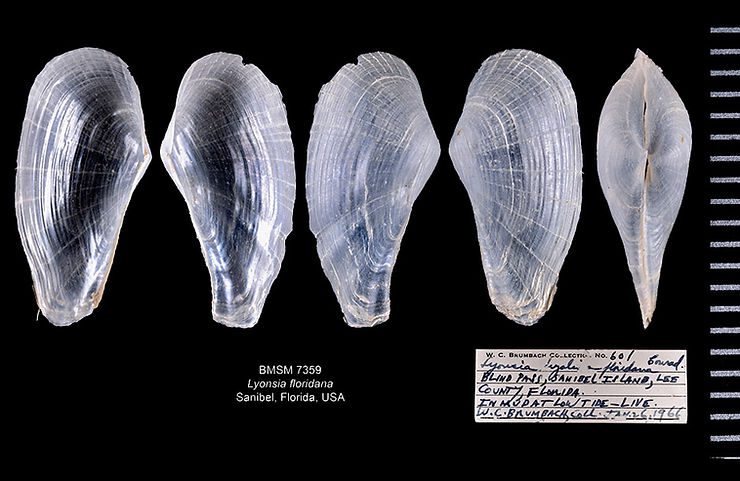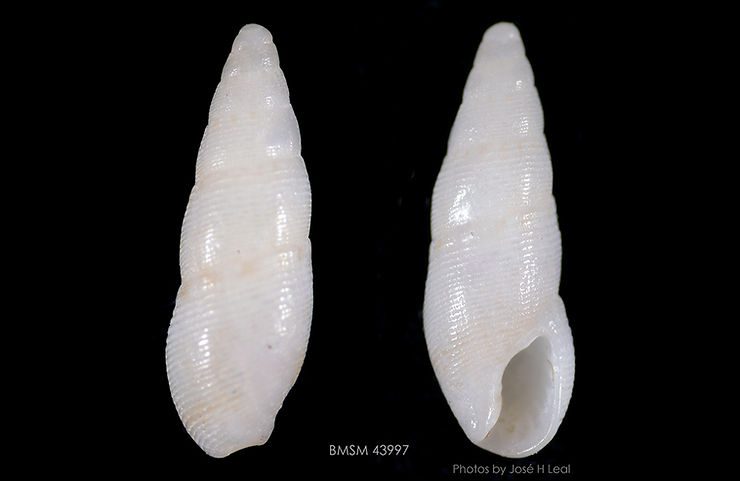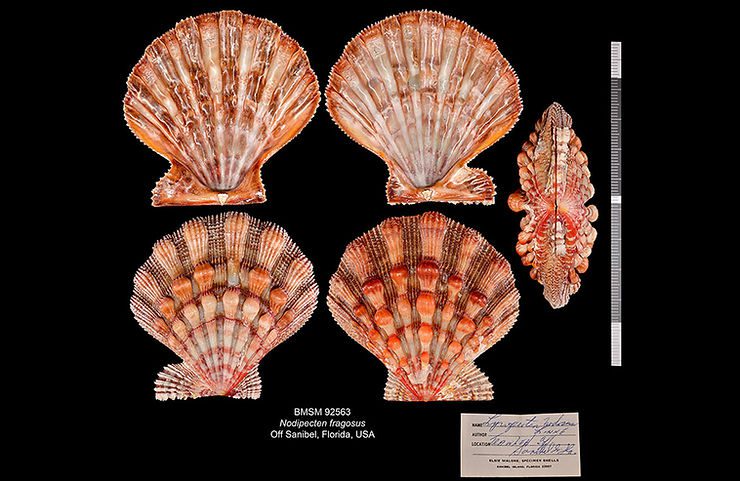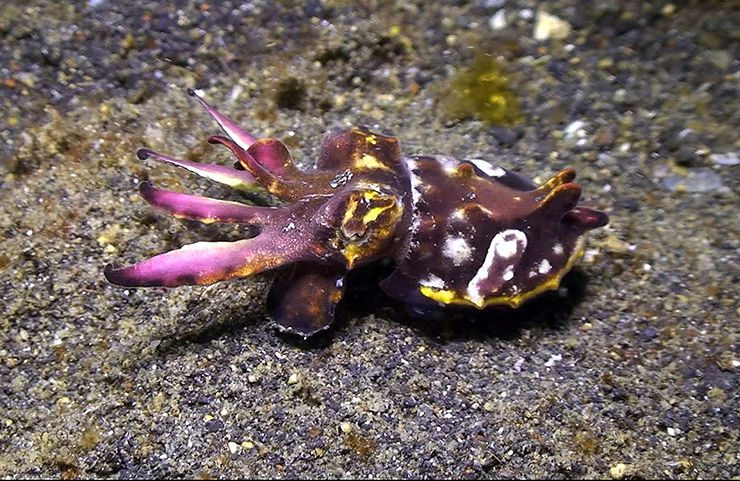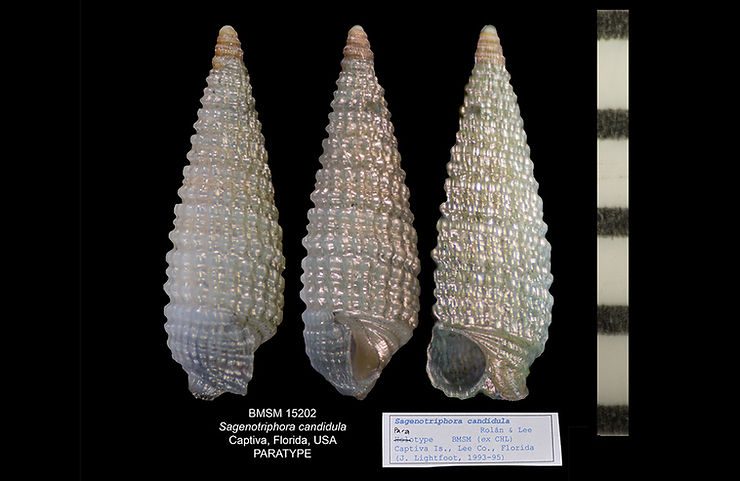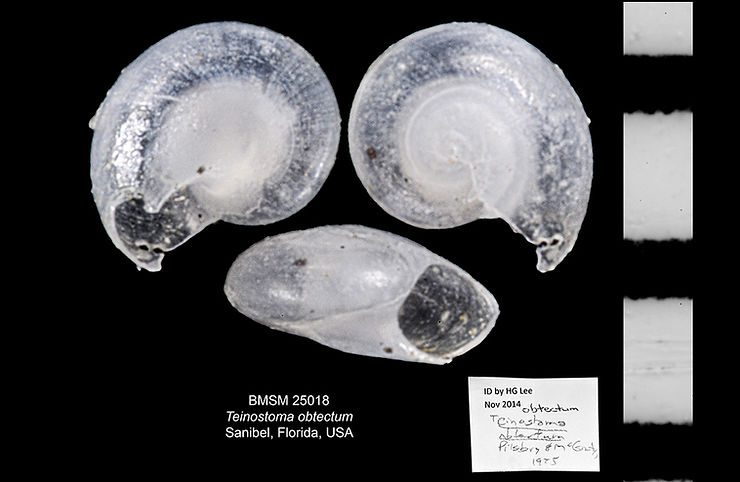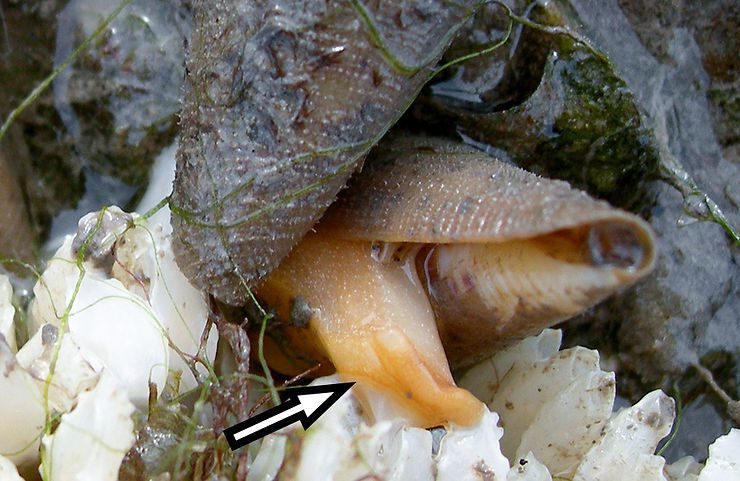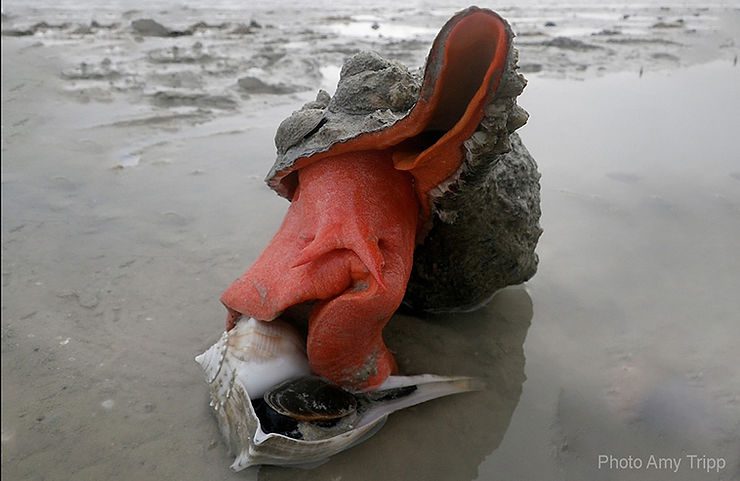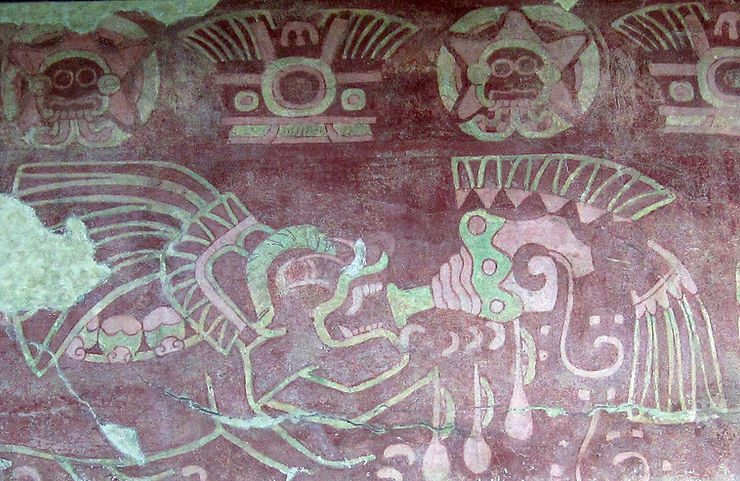
The Jaguar and its Conch
As a lover of mollusks and shells, I am always looking for connections of our creatures in the arts, cultures, and history. During a visit to the Teotihuacan Historical Complex near Mexico City a few years ago, I had the opportunity to visit the remnants of the Palace of the Jaguars. The Palace houses a prominent mural portraying a Jaguar that apparently is blowing a feathered conch shell, from which blood is dripping. A narrow, curved object dangling from the shell opening suggests the object i
